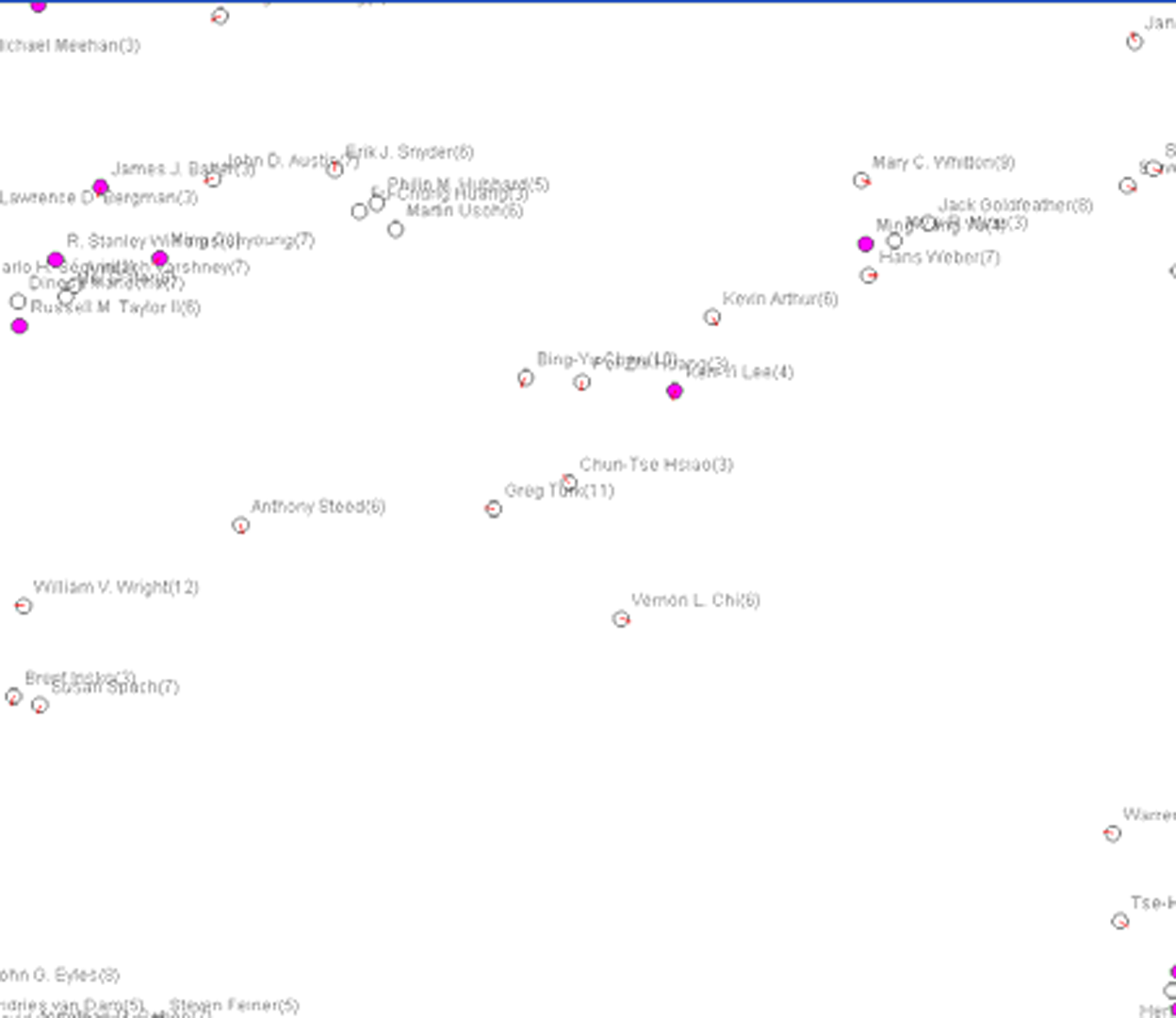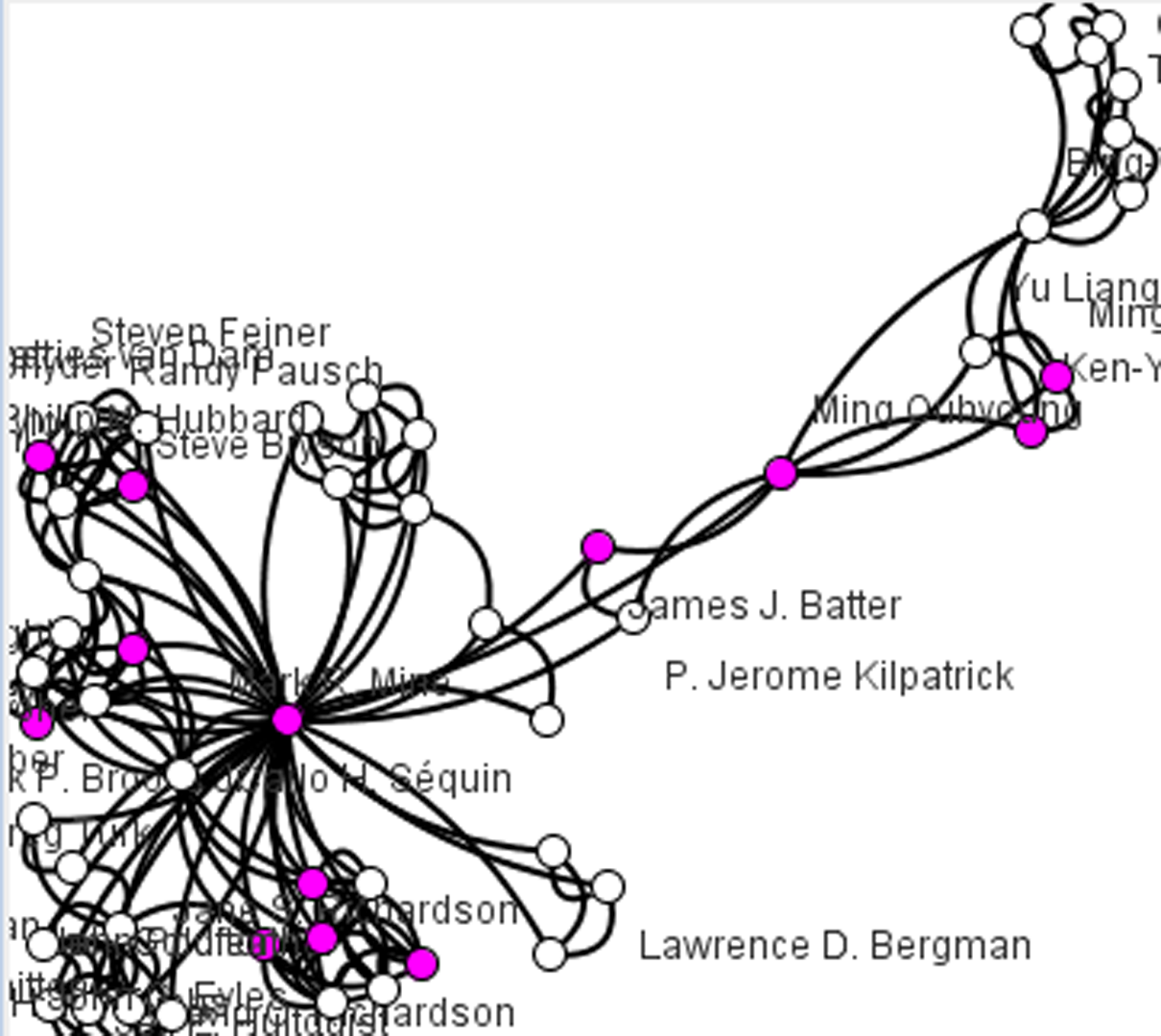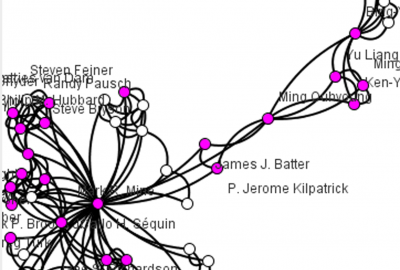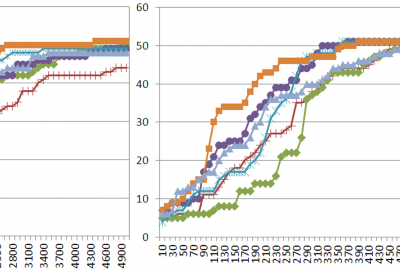“CrowDiffuse: information diffusion over crowds with social network” by Le, Hsieh and Lin
Conference:
Type(s):
Title:
- CrowDiffuse: information diffusion over crowds with social network
Presenter(s)/Author(s):
Abstract:
Crowd simulation is to produce collective behaviors through simulating the movement process of a number of agents. Information diffusion is to investigate how information propagates among people, especially on social network. This work considers both the spatial and social perspectives to simulate the dynamics of information diffusion over crowds with underlying social relationships. Existing works [Chao 2009; Neumann 2000] model the communications between agents so that elicited emotions can be spread in the space while others (e.g. [Kempe 2003]) study how information diffuses over a social network. However, the former considers only spatial aspects and the latter utilizes only the social relationships. To combine both spatial and social aspects for diffusion, we propose a framework, CrowDiffuse, which simulates the crowd with an underlying social network and allows information to propagate over agents. In CrowDiffuse, agents can affect each other if they satisfy both spatial and social condition. The spatial condition is satisfied if two agents come close enough in the space while the social condition is met if two agents possess a relationship in the social network. In addition, we further investigate the targeted diffusion problem, which will be described in the following.
References:
1. Chao, W. M. and Li, T. Y. Simulating Crowd Behaviors with a Communication Model. CASA 2008.
2. Kempe, D., Kleinberg, J., and Tardos, E. Maximizing the Spread of Influence through a Social Network. ACM SIGKDD 2003.
3. Neumann, R. and Strack, F. Mood Contagion: The Automatic Transfer of Mood between Persons. Journal of Personality and Social Psychology, 2000.
4. Newman, M. E. J. Fast Algorithm for Detecting Community Structure in Networks. Physical Review, E 69, 066133, 2004.
5. Reynolds, C. W. 1987. Flocks, Herds and Schools: A Distributed Behavior Model. ACM SIGGRAPH 1987.
6. Wasserman, S. and Faust, K. Social Network Analysis. 1994.









